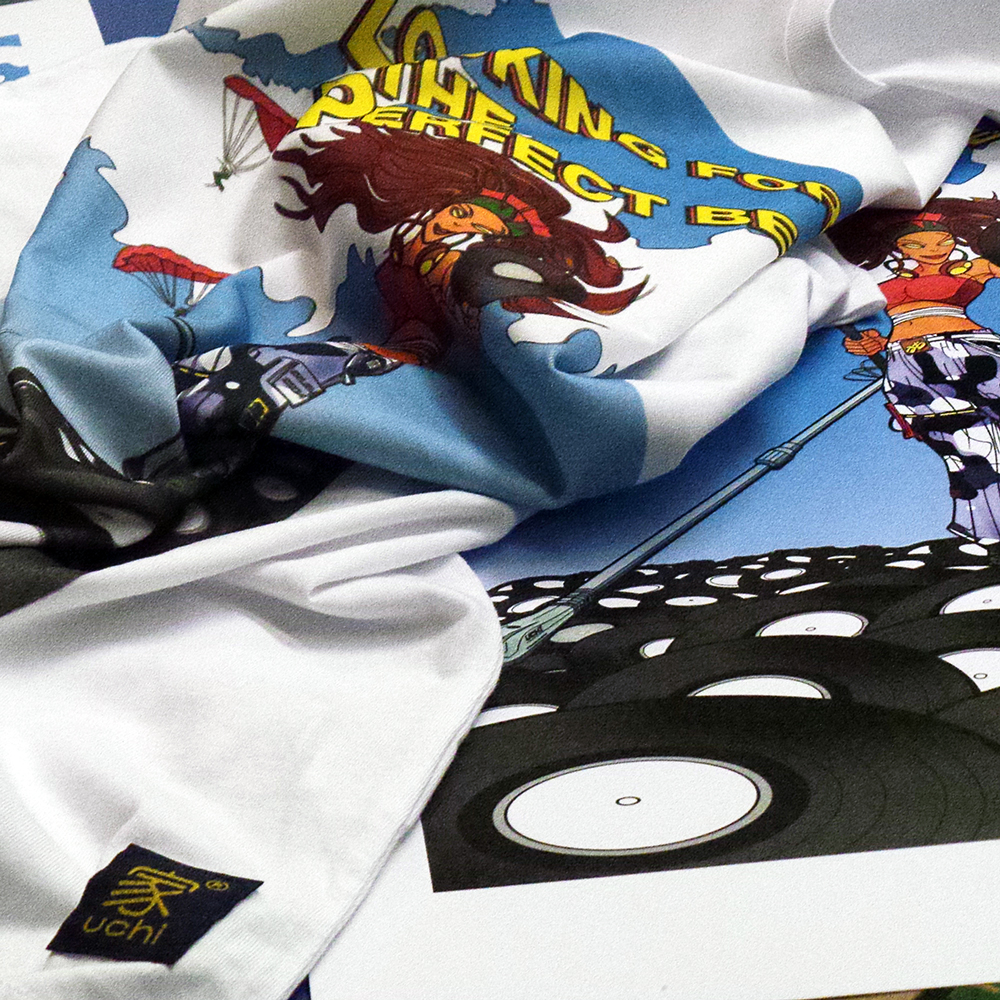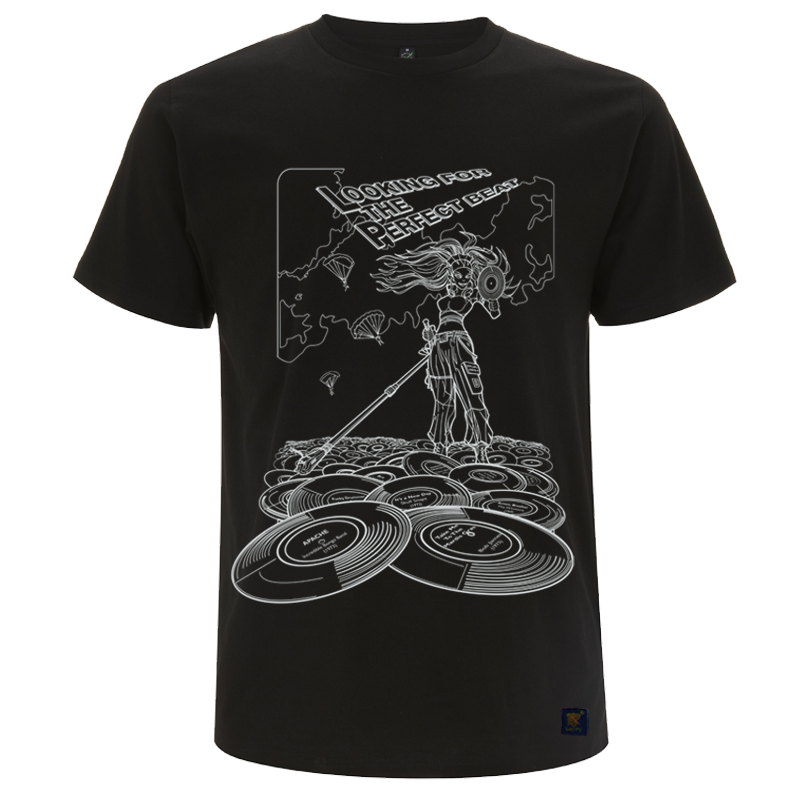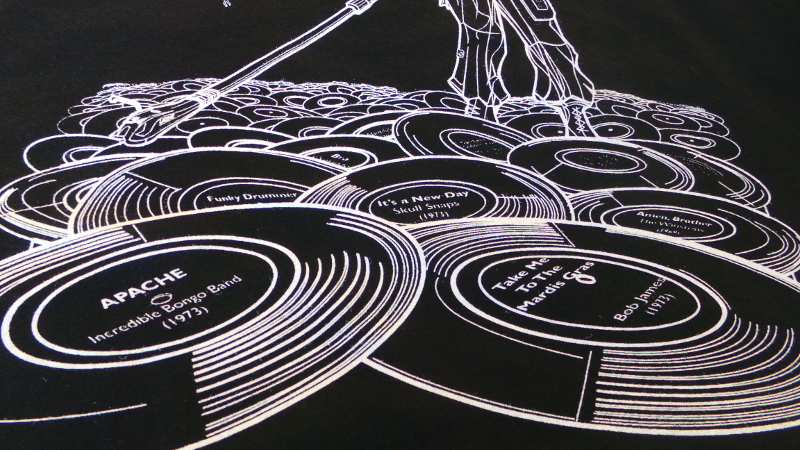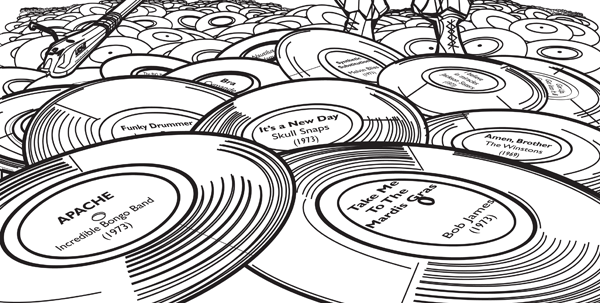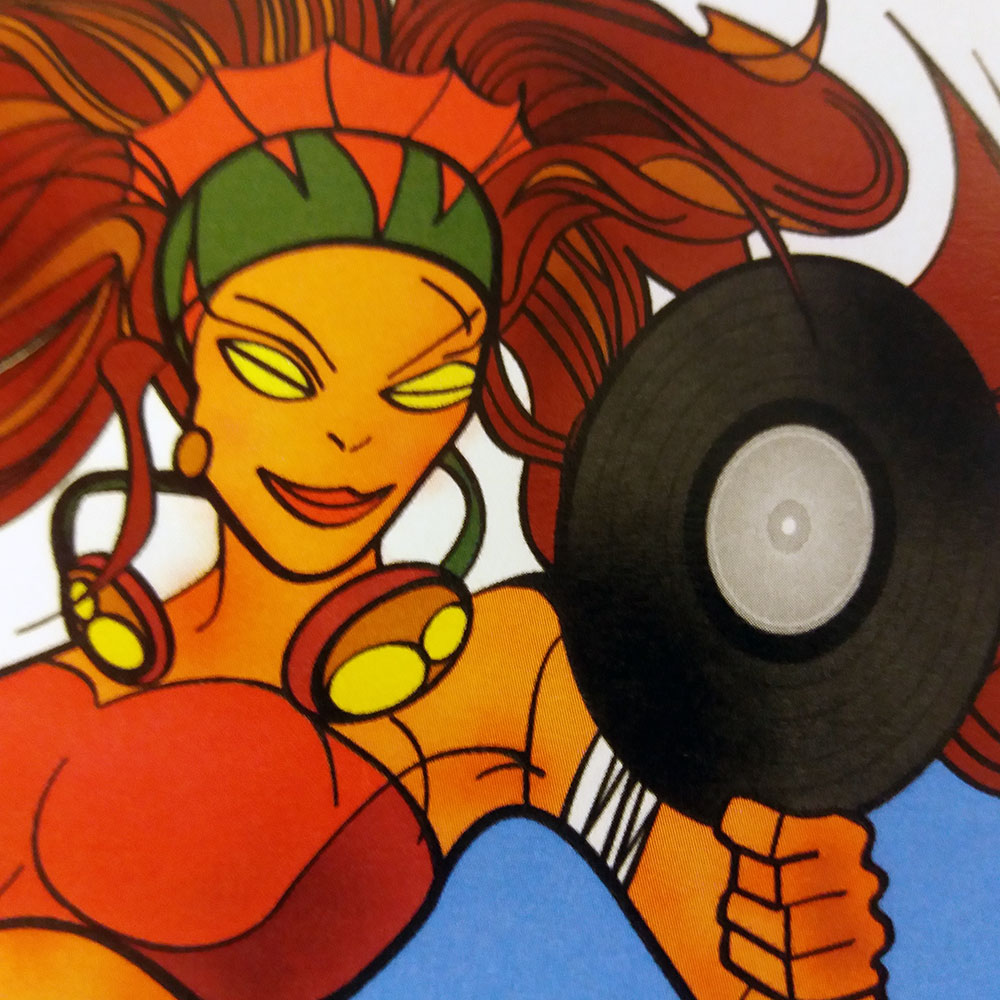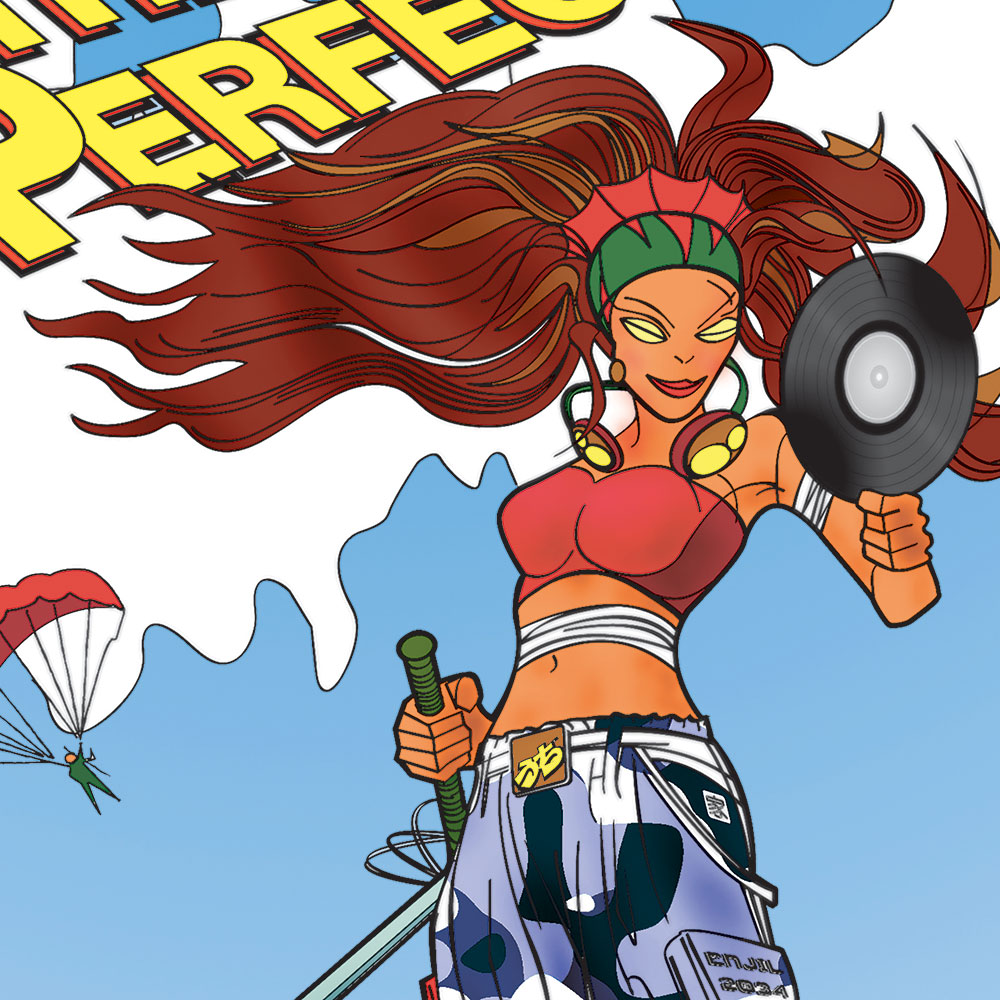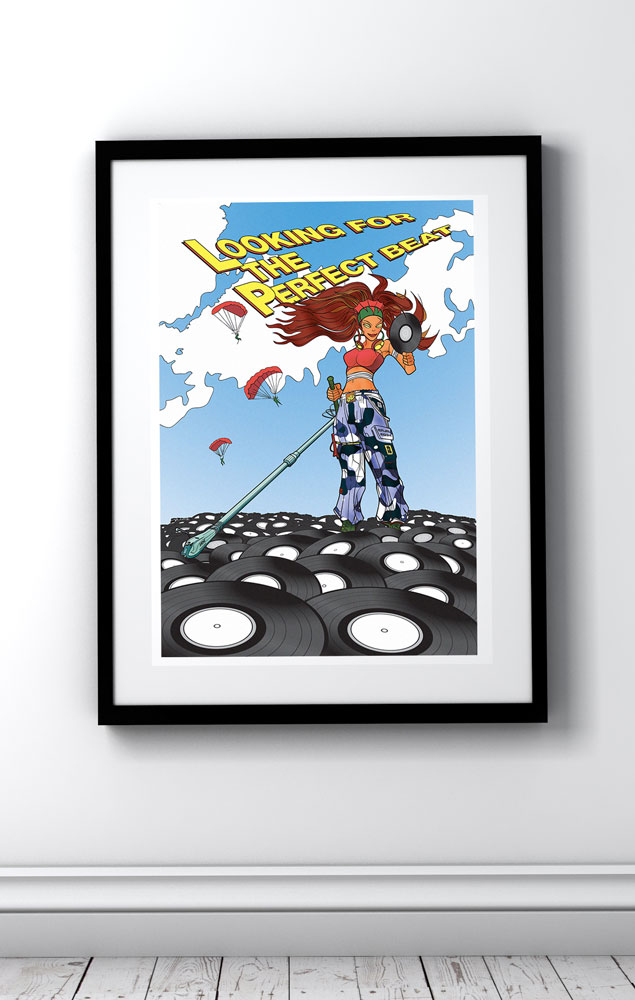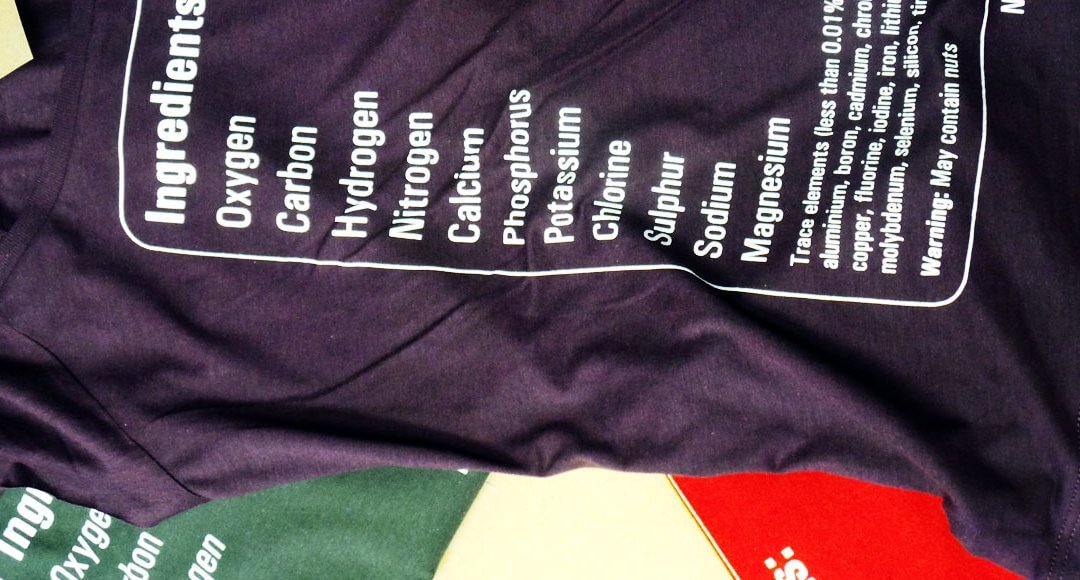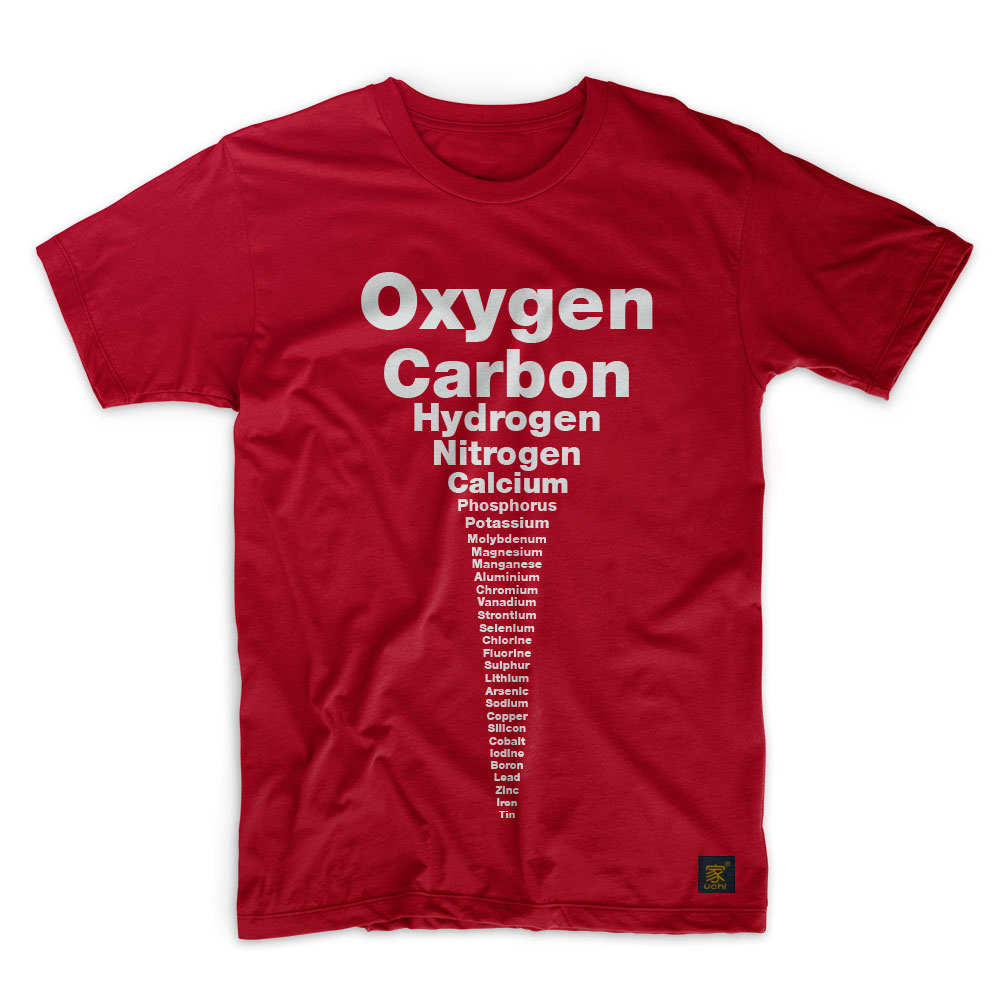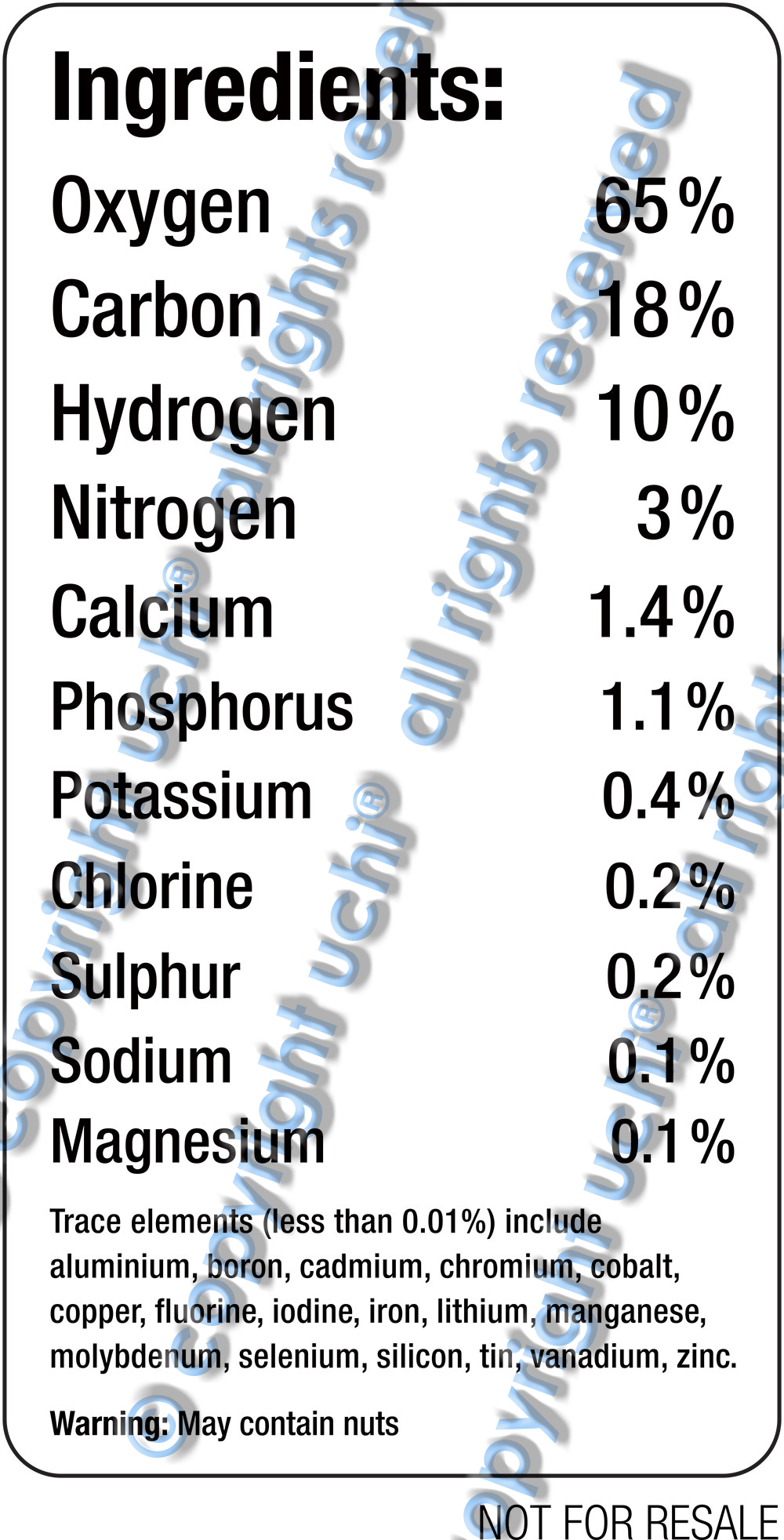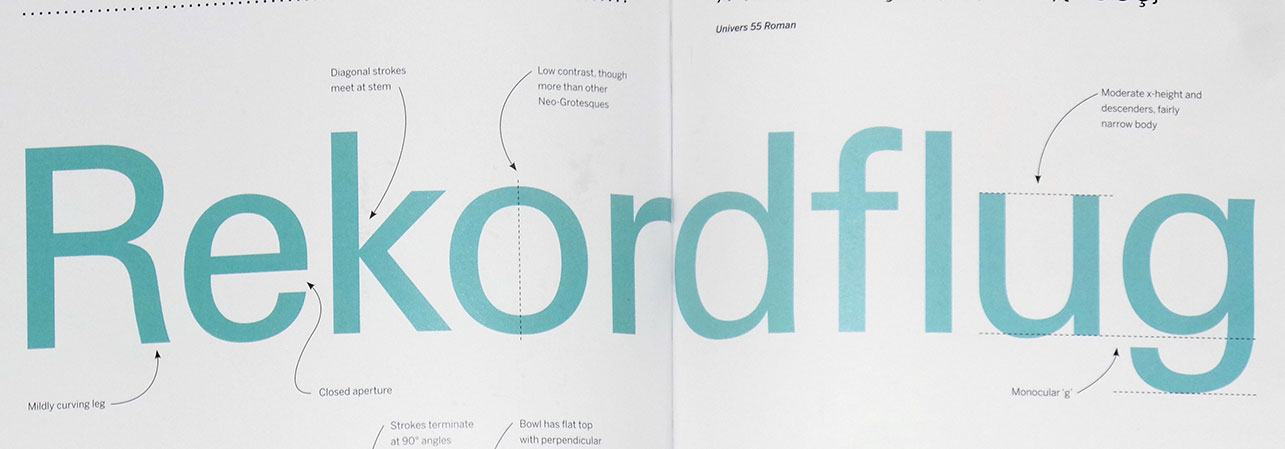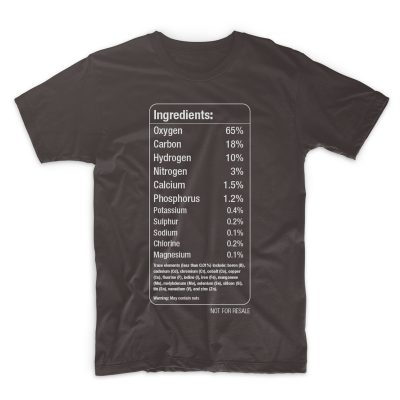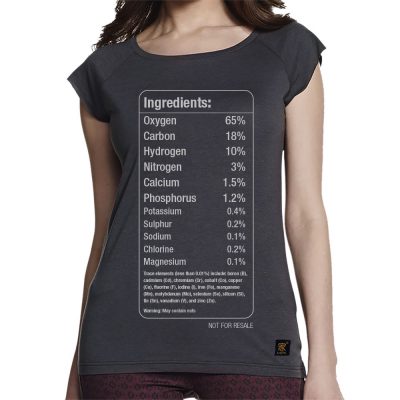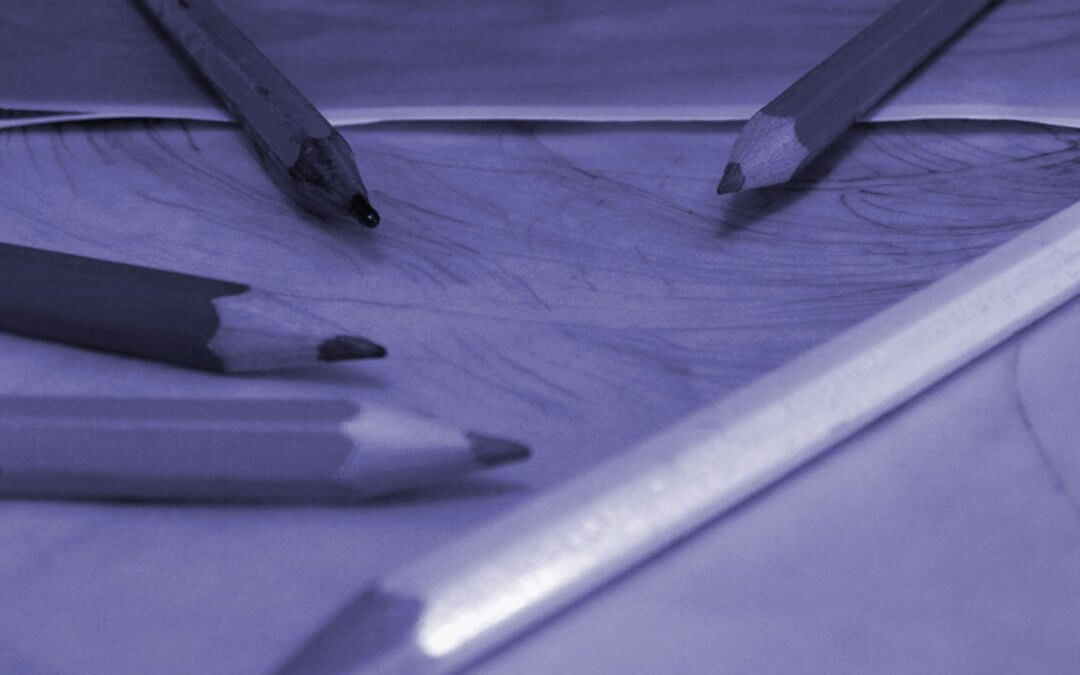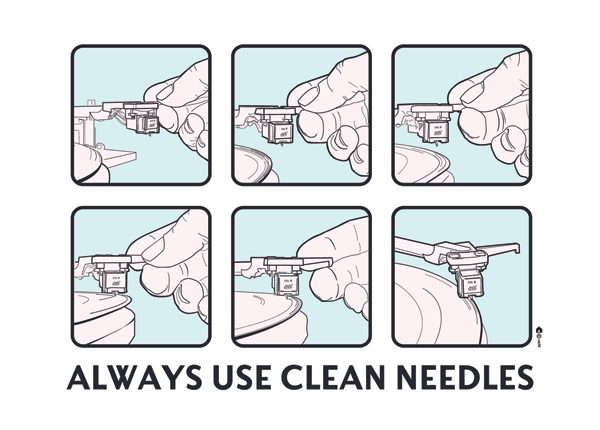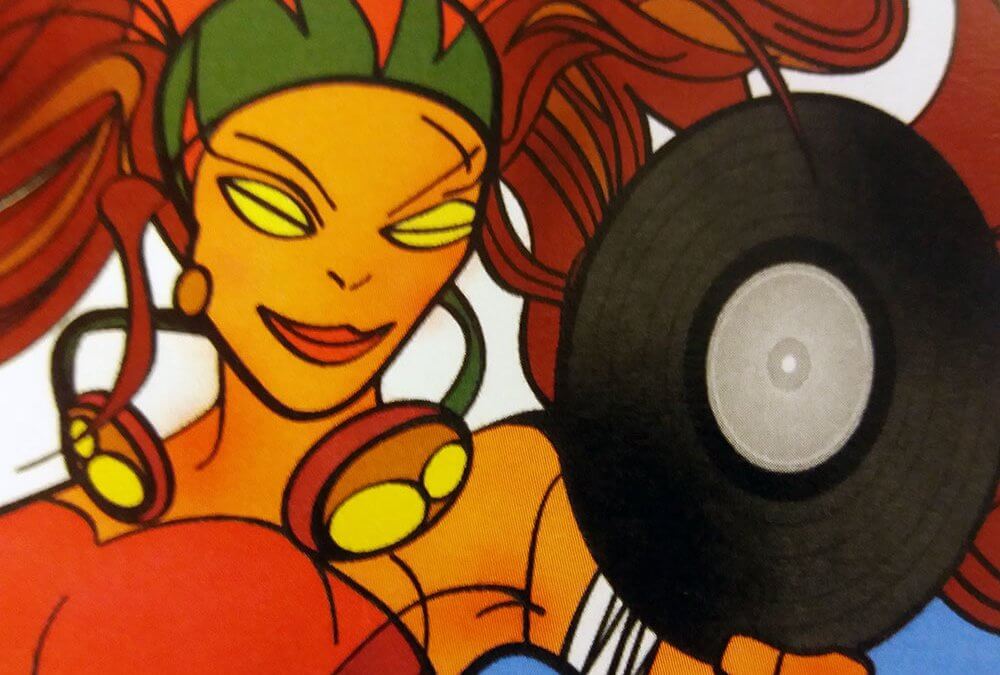
Looking for the Perfect Beat – CMYK Edition T shirt and Art Print
Whether diggin’ for rare grooves or breaks, for lovers of vinyl records uchi presents a full colour remix of a classic uchi T shirt. Looking for the Perfect Beat is the 34th uchi release appearing on uchi’s fourth album Soliloquy of Chaos.
Based on the 1983 track “Looking for the Perfect Beat” by Afrika Bambaataa & The Soul Sonic Force.
-
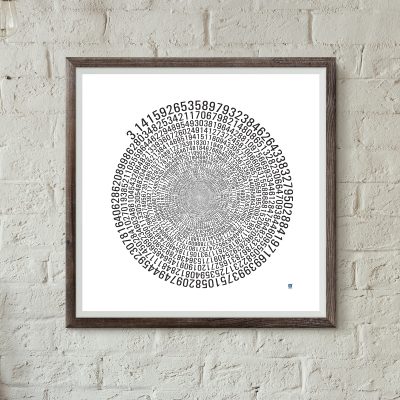
1090 Decimal Places of Pi Art Print
£15.00 – £60.00 -
Sale!
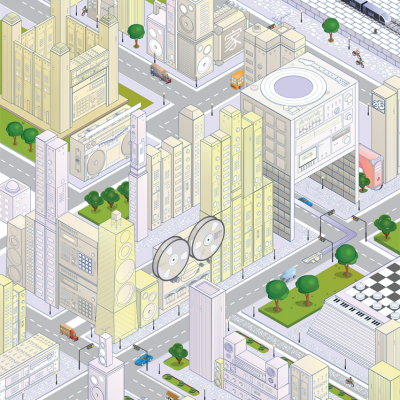
A2 print – uchi village No 1
£40.00 -
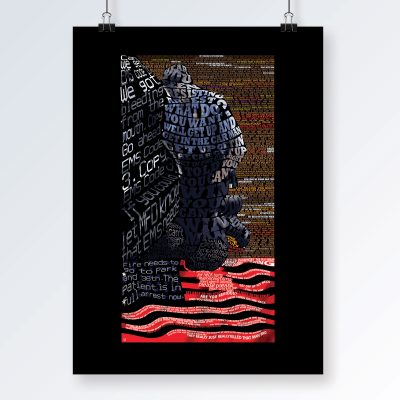
Art Print – 8:46
£20.00 – £60.00 -

Art Print – Clevedon Pier
£20.00 – £60.00 -
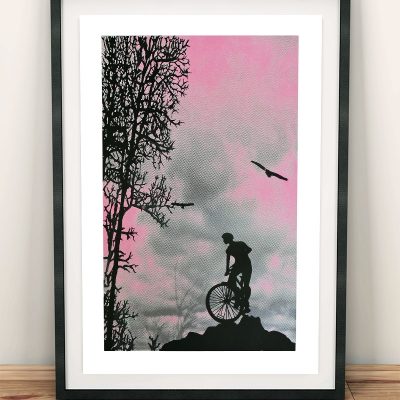
Art print – Mountain Top
£15.00 – £60.00 -
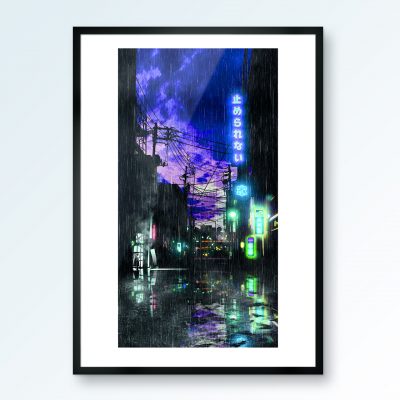
Art print – Onomichi blues
£25.00 – £55.00 -
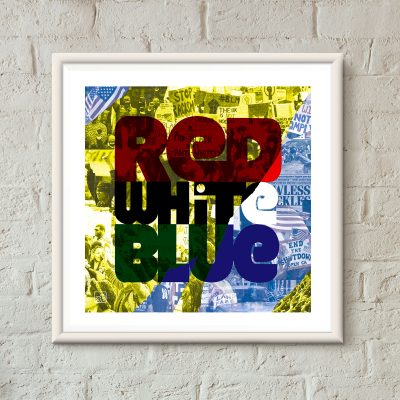
Art Print – Red White Blue
£20.00 – £60.00 -

Art print – Temple on a hill where cherry blossoms bloom
£15.00 – £60.00 -
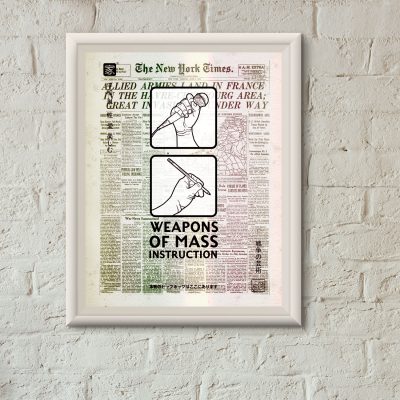
Art print – Weapons of Mass Instruction
£15.00 – £60.00 -
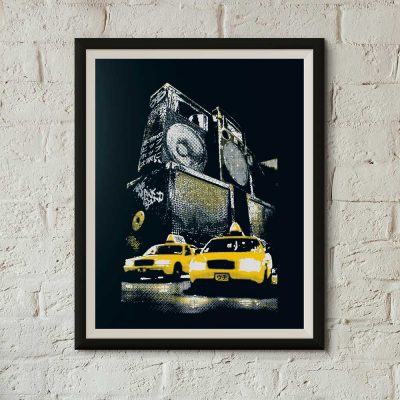
Digital print – New York Sound
£20.00 – £60.00 -
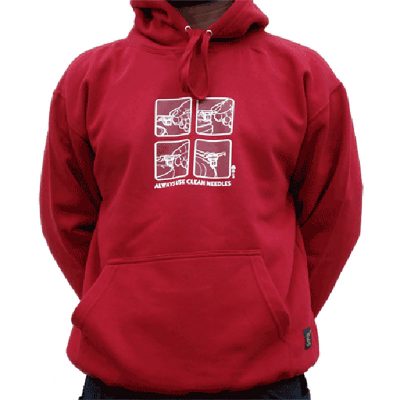
Hoodie – Always Use Clean Needles
£45.00 -
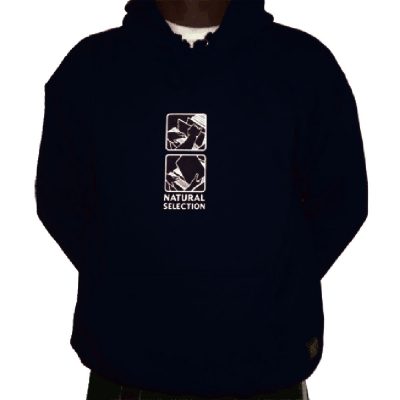
Hoodie – Natural Selection
£45.00

